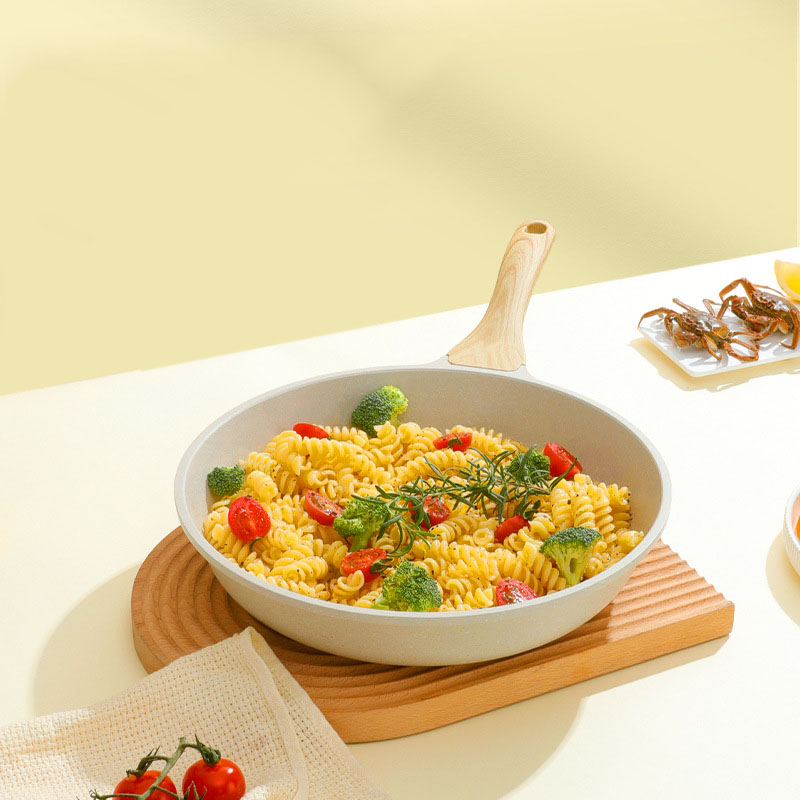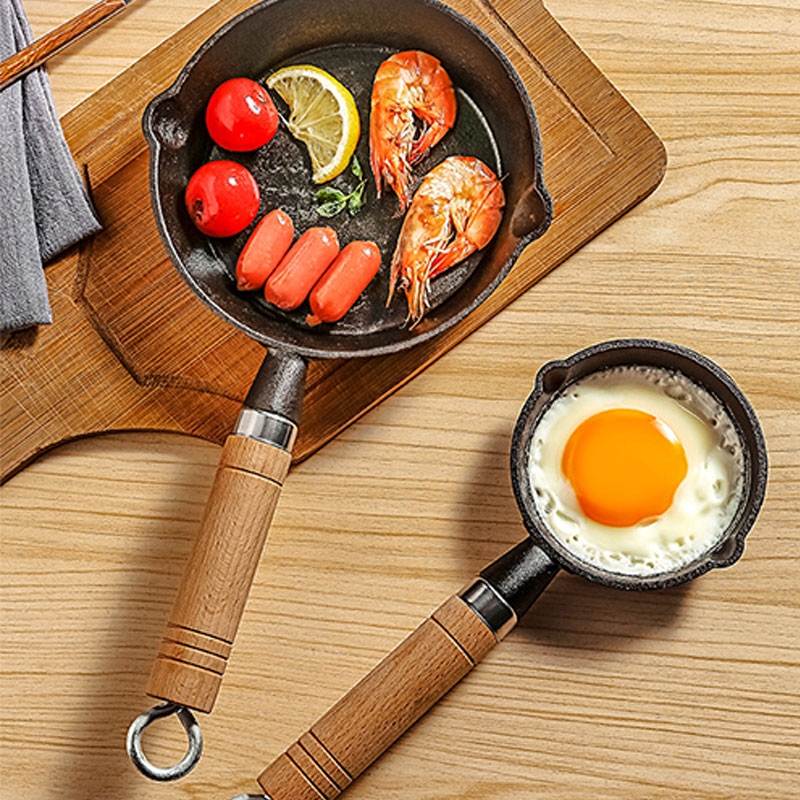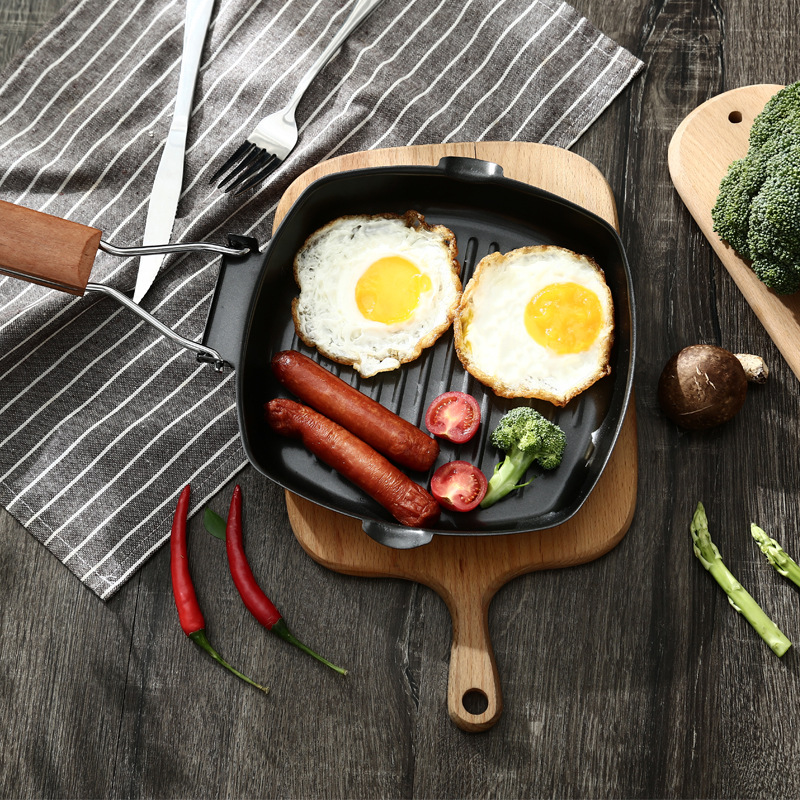Pans
Every Home Chef’s Must-Have Tool
In the heart of every kitchen lies a fundamental tool that makes culinary magic happen—pans. These versatile kitchen staples are more than just utensils; they are the vessels through which ingredients are transformed into meals that nourish and delight. Whether you’re a seasoned chef or a culinary novice, understanding the different types of pans and their specific uses can elevate your cooking to new heights. This comprehensive guide explores everything from the materials and designs of pans to their care and the culinary possibilities they unlock.
Understanding the Variety of Pans
Pans come in various shapes and sizes, each designed for specific cooking tasks. Here’s a rundown of the most common types of pans and their primary uses:
- Skillets/Frying Pans: Ideal for searing, frying, and sautéing, skillets are a kitchen essential. They typically feature slightly sloped sides and come in materials like cast iron, stainless steel, and non-stick.
- Saucepans: With vertical sides and a long handle, saucepans are perfect for preparing sauces, boiling water, or cooking grains. They range in size from one to four quarts.
- Saute Pans: Similar to skillets but with straight sides, saute pans are designed for sautéing but can also be used for frying, searing, and making sauces.
- Stockpots: These are tall, large pots ideal for making stocks, boiling pasta, or simmering soups. They’re essential for any kitchen due to their versatility.
- Roasting Pans: Designed to roast meats and vegetables, these pans are typically rectangular with high sides to accommodate larger cuts of meat along with vegetables.
Each type of pan serves a distinct purpose, and having a variety of pans allows for greater flexibility and creativity in the kitchen.
The Science of Pan Materials
The material of a pan significantly affects its heat conductivity, durability, and reactivity with food. Here are the most common materials:
- Cast Iron: Known for its excellent heat retention and durability, cast iron is ideal for searing and frying. It requires seasoning but becomes more non-stick over time.
- Stainless Steel: Highly durable and non-reactive, stainless steel pans are suitable for almost any cooking task. They often have an aluminum or copper core to improve heat conductivity.
- Aluminum: Lightweight and excellent at conducting heat, aluminum pans are often coated with non-stick materials to prevent food from sticking.
- Copper: Offering superior thermal conductivity, copper pans heat up and cool down quickly, giving chefs precise temperature control.
- Non-Stick: These pans are essential for low-fat cooking and foods that tend to stick. They require careful handling to maintain their coating.
Choosing the right material depends on the cooking method and personal preference regarding maintenance and longevity.
Proper Care and Maintenance
Maintaining your pans is crucial to their longevity and performance. Here’s how to care for the main types of pan materials:
- Cast Iron: Wash by hand with mild soap, dry thoroughly, and season with oil to maintain the non-stick surface.
- Stainless Steel: These can generally be washed in the dishwasher, but hand washing is recommended to preserve the finish.
- Aluminum and Non-Stick: Use soft sponges or brushes to avoid scratching the surface. Avoid high heat to protect the coatings.
- Copper: Requires regular polishing and careful hand-washing to maintain its luster and prevent tarnishing.
Proper care ensures that your pans will perform well and last through years of culinary adventures.
Culinary Techniques and Tips
Mastering the use of different pans can enhance your cooking repertoire. Here are a few tips:
- Searing in a Cast Iron Skillet: The high heat retention makes it ideal for creating a perfect crust on meats.
- Deglazing a Pan: After sautéing, add a little liquid to the pan to lift the fond (browned bits) for flavorful sauces.
- Simmering in a Stockpot: Use a low heat to develop flavors in stocks and stews gradually.
- Roasting with a Roasting Pan: Ensure even cooking and browning of meat by using a rack inside the pan to elevate the meat from the pan’s base.
Why Invest in Good Quality Pans?
Investing in high-quality pans is investing in your culinary future. Good pans not only improve the cooking experience but also ensure food is cooked more evenly, which can enhance flavor and texture. Moreover, they can last for decades with proper care, making them a worthwhile addition to any kitchen.
Conclusion
Pans are the cornerstone of a well-equipped kitchen. From crafting a delicate sauce to roasting a hearty meal, the right pan not only makes the task easier but also ensures the best possible results. Understanding the different types of pans, their materials, and how to care for them can help you choose the best tools for your culinary needs. Whether you’re flipping pancakes in a non-stick skillet or simmering a stew in a sturdy stockpot, the right pan can make all the difference in your cooking endeavors.
 1615 SW Sieben St, Topeka, KS 66611, USA
1615 SW Sieben St, Topeka, KS 66611, USA 



